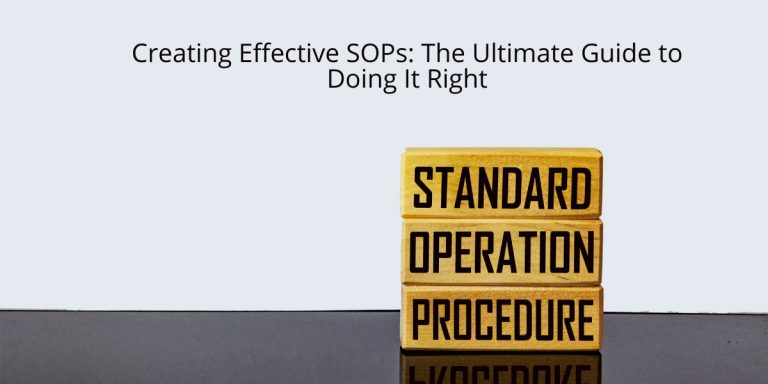Accelerator for Marketers: How AI and Language Translation Drive Global Success
Breaking Barriers in Marketing
In the past, products were designed for specific cultures, markets, and niche audiences. Businesses were restricted by language barriers, making it difficult to reach untapped segments. Marketers followed a predictable customer journey, where attention was captured, persuasion followed, and a purchase decision was made.
Then, everything changed.
The internet revolutionized business. Boundaries disappeared, technology advanced, and mobile devices connected the world like never before. Language translation services became essential, enabling brands to expand globally.
Today, a pack of oats manufactured in the U.S. is no longer just for Americans. It can reach consumers in Germany, France, or Asia—as long as they can understand the packaging. But even before that, they need to understand the brand’s website, app, or marketing message.
This is where AI-powered translation plays a game-changing role, helping brands seamlessly connect with new markets.
The Modern Marketing Journey: AI and Language Translation
The customer journey is now more complex but also more accessible.
✔ Need identification can happen while browsing a website.
✔ Curiosity can be triggered by an ad, a social media post, or an app notification.
✔ Language is now the key factor in shrinking the gap between awareness and conversion.
If a customer understands a product description, ad, manual, or social media post, the marketer’s job becomes easier. AI-powered translation accelerates this process, ensuring that content is not just translated but localized with cultural and linguistic precision.
How AI-Powered Translation Empowers Marketers
✅ 1. Faster and More Accurate Translations
AI-driven tools like Google Translate, DeepL, and ChatGPT provide instant translations. While human expertise is still essential for accuracy, AI speeds up the process and reduces costs.
✅ 2. Personalization at Scale
AI analyzes customer behavior, location, and preferences to deliver personalized, localized content. Brands can:
- Show region-specific ads in multiple languages.
- Adapt product descriptions based on cultural nuances.
- Provide real-time chatbot support in the customer’s native language.
✅ 3. Breaking into New Markets Effortlessly
Instead of spending months hiring translators for multiple languages, AI tools enable brands to localize content instantly. This allows businesses to:
✔ Expand into non-English-speaking markets seamlessly.
✔ Reduce marketing costs while maintaining quality.
✔ Optimize campaigns for different demographics.
The Role of AI and Professional Translators
AI can translate text quickly, but human translators ensure accuracy, cultural relevance, and emotional impact. Certain languages, like German and Spanish, require deeper syntax precision and cultural understanding. AI works best when paired with experienced language experts who refine and optimize content.
Whether it’s Dutch to English, German to English, or Japanese translations, businesses need:
✔ AI-driven efficiency for speed and automation.
✔ Professional translators for quality and cultural adaptation.
✔ A reliable language service provider to bridge the gap.
Choosing the Right Translation Partner
To succeed globally, brands must invest in professional translation services that offer:
📌 100+ languages covered for maximum reach.
📌 Localization expertise to ensure cultural adaptation.
📌 AI-powered tools for faster and more cost-effective solutions.
📌 Industry experience to handle complex translation needs.
Final Thoughts: Language is a Competitive Advantage
Language isn’t just a tool—it’s a powerful marketing advantage. When handled strategically, it can:
✔ Capture attention instantly.
✔ Build trust with diverse audiences.
✔ Boost brand loyalty across different cultures.
However, if handled poorly, it can create confusion and missed opportunities.
🚀 Localize with precision. Succeed with impact.

